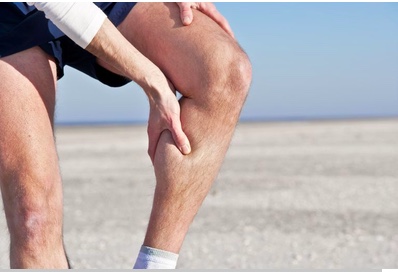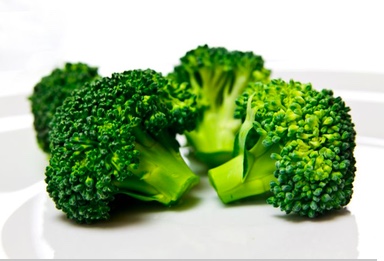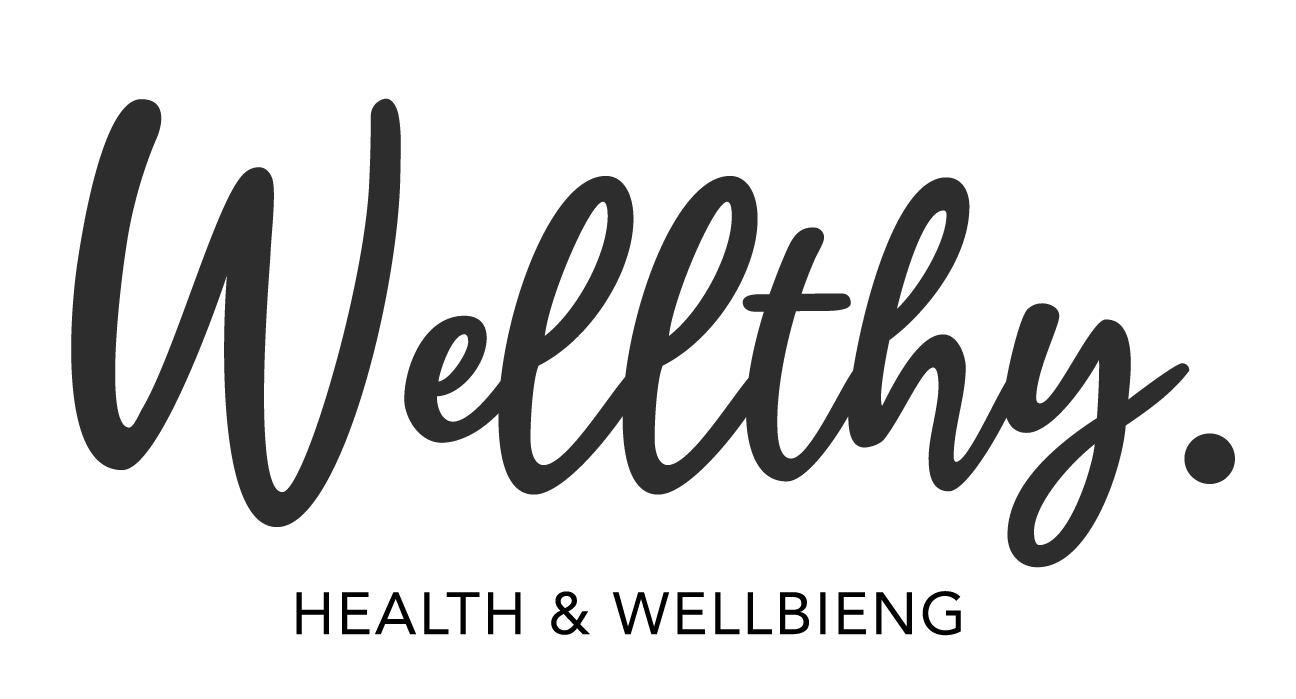
Quercetin
Reduces Inflammation by Darla Leal*
Quercetin is one of the most researched antioxidant bioflavonoids and among the ingredient lists of numerous health-enhancing supplements today. There are over 6000 identified flavonoids to date. With quercetin leading the ranks for antioxidant functioning and possible links to numerous health benefits.
It is naturally occurring in a wide variety of plant foods, fruits and vegetables included. Antioxidants help the body by removing toxins, reducing inflammation and decreasing cellular and tissue damage. Many athletes have added quercetin supplementation to improve muscle inflammation caused by their workouts and overall improved athletic performance.
The International Journal of Preventative Medicine reported “lean body mass, total body water, basal metabolic rate, and total energy expenditure increased significantly in the quercetin group after intervention.” Great news but some conflicting studies are leaning more toward better muscle recovery, while other research is plugging only an improved fat oxidation (burning) ability.
All positive stuff to read, but as typical with research, it takes time to collect and draw accurate conclusions. We have learned quercetin is an awesome antioxidant with the potential to provide anti-inflammatory benefits to sore muscles post exercise and other health benefits.
Since supplements are always a guessing game for effectiveness and typically an expensive budget item, consuming quercetin-rich foods makes the most sense to ensure the antioxidant benefits.
Take a look at the following foods containing high concentrations of quercetin.
Apples Contain Lots of Quercetin

Image: Getty Images
According to The Bio Med Central Nutrition Journal “apples contain a variety of phytochemicals, including quercetins … which are strong antioxidants.” Apples are a significant source of bioflavonoids especially quercetin.
A fun antioxidant fact about apples. 23% of the fruit flavonoids consumed in the United States come from apples. Which explains higher incidence of quercetin in general population thanks to the consumer. It appears that through knowledge of apples being rich in quercetin or people just enjoying their apple a day to keep the doctor away, antioxidant health benefits of this “super food” are widespread. It is no wonder apples rank high on the list of post-workout recovery foods.

Image: Getty Images
Onions Have High Concentrations also
According to The Onion Association Health Research, “based on studies conducted at The Queen’s University at Belfast, Ireland and Wageningen Agricultural University. The content of quercetin in onions is estimated to be between 22.40 mg and 51.82 mg per medium-sized onion (100 gram).” Who cares about “onion breath” when a high antioxidant rating with superior health benefits is concerned?
Eating onions full of bioflavonoids to slow down and repair tissue damage sounds like a good trade-off. Load up the fresh salsa with a whole onion and power up that body to fight exercise-induced inflammation the spicy way!
Broccoli also Contains High Levels

Image: Getty Images
According to The Journal of Food Composition and Analysis, Bahorun et al. (2004) “reported that quercetin levels were about five times higher than kaempferol levels in broccoli.” Both quercetin and kaempferol are superior bioflavonoids naturally occurring in broccoli. Broccoli just so happens to be one of the most commonly consumed “super foods” in the United States. The phytochemicals contained in broccoli have been linked to reduced risk of cancer. In general, flavonoids like quercetin in broccoli are known for their potent antioxidant abilities making this “super food” a must eat for exercise recovery and muscle repair.
Berries: Reduce Exercise Induced Inflammation Naturally

Image: Getty Images
According to three intervention studies reported by The National Institutes of Health. “quercetin is bioavailable from a diet containing berries and indicates that it may be a good biomarker of fruit and vegetable intake in general.”
During the second study subjects consumed 100g of bilberries, black currants, and lingonberries per day and after 2 months showed a 50% increase in blood quercetin levels.
Simply adding berries to our daily intake provides antioxidants and protection against disease and improved ability to reduce exercise-induced inflammation.
Want to feel better post workout? Enjoy a variety of berries in shakes, with oatmeal, stirred in yogurt, or eating out of hand for a natural antioxidant boost!

